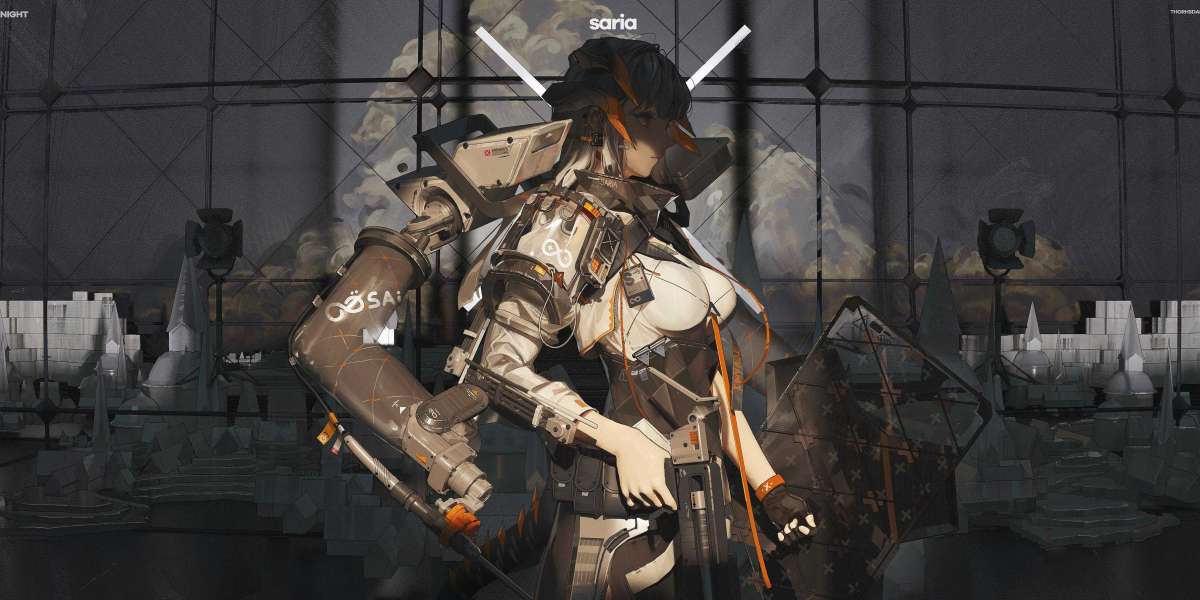In the scorching summer of 1979, Iran was engulfed in a whirlwind of political turmoil. The country was on the verge of a seismic shift that would reshape its destiny for decades to come. The Iranian Revolution had been brewing for months, fueled by widespread dissatisfaction with the autocratic rule of Shah Mohammad Reza Pahlavi. As the world watched, a popular uprising swept across the nation, unleashing a wave of protests, strikes, and demonstrations against the oppressive regime. This historic event, which unfolded in July 1979, marked a turning point in Iran's history and had far-reaching implications for the global balance of power.
On July 16, 1979, millions of Iranians poured onto the streets of Tehran, the capital city, in what would become one of the largest rallies the world had ever witnessed. Led by the charismatic Ayatollah Ruhollah Khomeini, an outspoken critic of the Shah's regime residing in exile, the protesters demanded the immediate downfall of Pahlavi's monarchy. The echoes of their fervent chants reverberated through the city as they denounced corruption, inequality, and the suppression of political freedoms.
The Iranian revolutionaries called for the establishment of an Islamic Republic, rejecting the Shah's pro-Western policies and perceived disregard for traditional Iranian values. As tensions escalated, clashes between protesters and government forces escalated, resulting in violent confrontations and mounting casualties. The streets of Tehran became a battleground littered with tear gas, burning vehicles, and the sounds of gunfire.
The world looked on with growing concern as the revolution gained momentum. The United States, which had been a long-time ally of the Shah, found itself caught in a diplomatic dilemma. President Jimmy Carter's administration struggled to navigate the delicate balance between supporting human rights and maintaining stability in the region. Meanwhile, the Soviet Union, Iran's Cold War rival, monitored the events closely, unsure of the implications this revolution would have on its own sphere of influence in the Middle East.
By the end of July 1979, the Iranian Revolution had reached a tipping point. The Shah, facing mounting pressure and unable to quell the uprising, was forced to flee the country, leaving Iran in a state of profound uncertainty. Ayatollah Khomeini seized power, embarking on a mission to establish an Islamic theocracy based on his interpretation of Islam.
The revolution's consequences were far-reaching and transformed Iran's domestic and international dynamics. Internally, Khomeini ushered in a new era marked by Islamic fundamentalism, leading to the implementation of stringent religious laws and the marginalization of political dissent. Externally, the revolution challenged the Cold War balance of power, as Iran shifted its alliances and pursued an agenda rooted in anti-imperialism and anti-Western sentiments.
The events of July 1979 in Iran were a defining moment that reverberated throughout the world. The Iranian Revolution not only reshaped the course of the nation but also ignited a new chapter in global politics, leaving an indelible mark on history.








